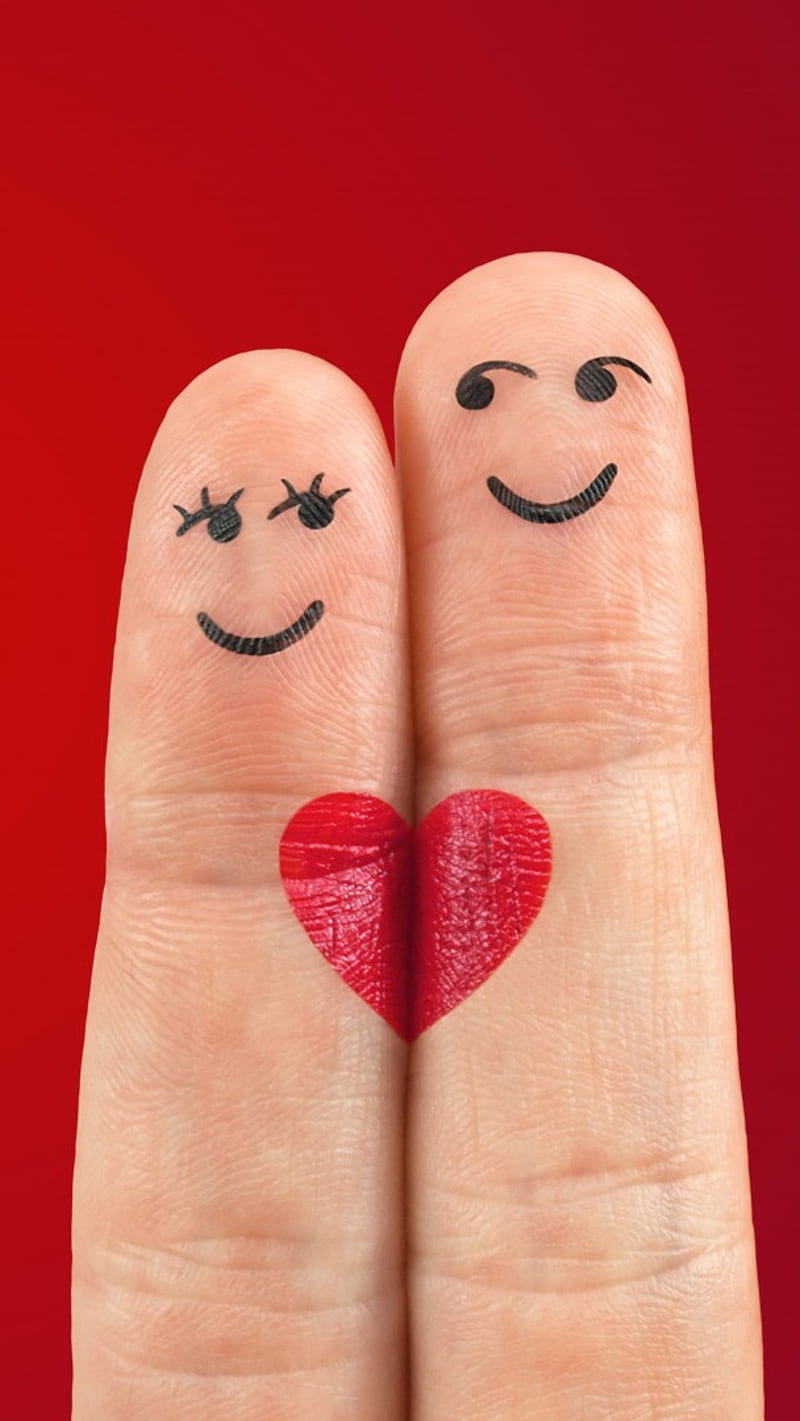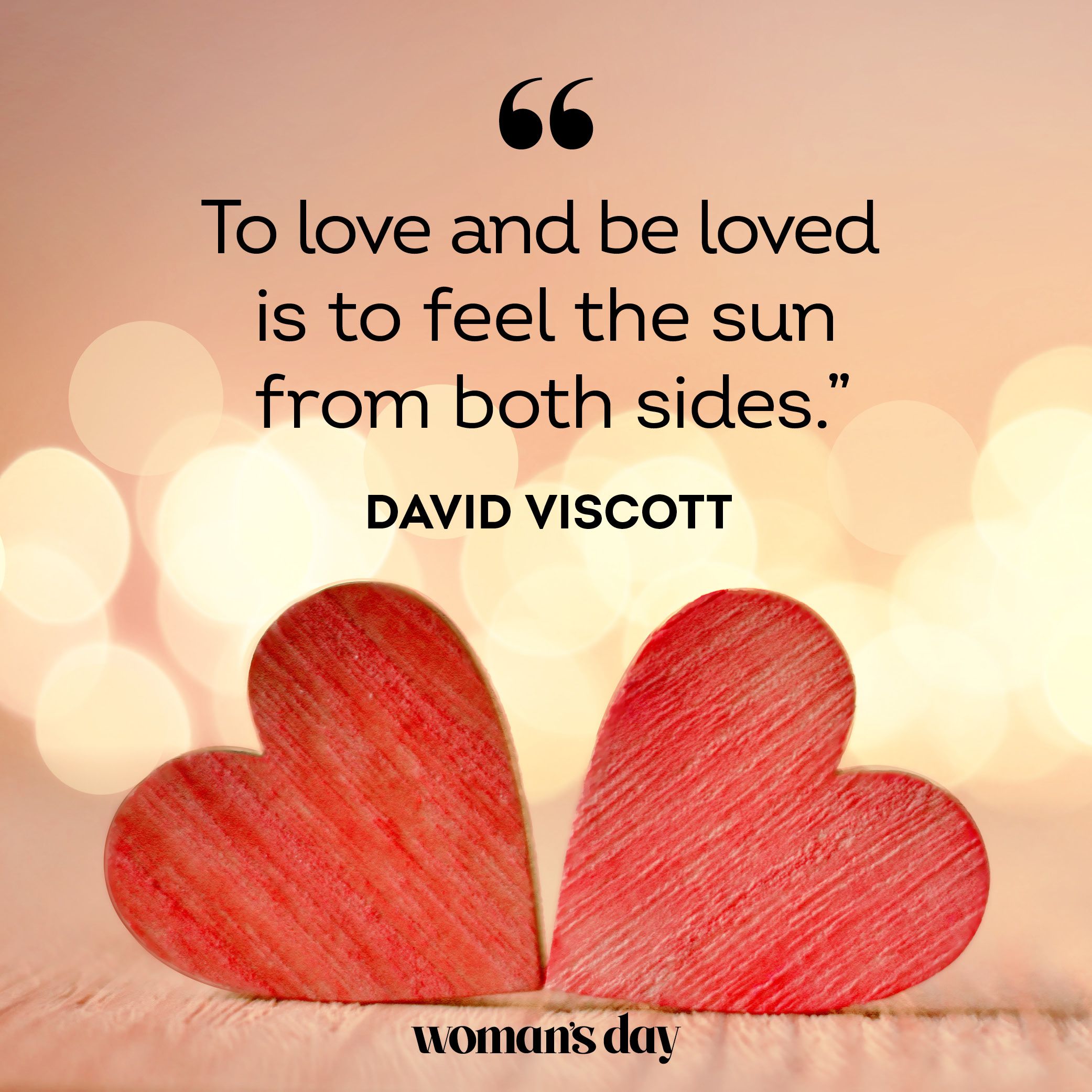I Love You In Korean - Expressing Affection
Learning a new language often starts with some pretty fundamental expressions, and it's almost always the case that "hello," "thank you," and "I love you" come up early on. When you're looking at Korean, whether you're just a little curious about the language and the way people live there, or you're working your way toward speaking it well, knowing how to express deep affection is, you know, a pretty central bit of language to have at your fingertips. It really does help you connect with people on a more personal level, which is something many folks look for when picking up a new tongue, in a way.
What's quite interesting about Korean, as a language, is that it's set up around various levels of how formal you need to be when you speak. So, you might find, for example, that there are actually several ways to say "I love you." It all truly comes down to who you're speaking with, the situation you find yourself in, and the kind of closeness you share with that person. This means picking the right phrase is a bit more involved than just a direct translation, and it really shows the richness of the language, basically.
This little guide will help you get a sense of the different ways to tell someone you care deeply for them in Korean, moving from the more formal ways to the very relaxed ones. We'll look at some examples and talk about when you might use each one. You'll also get to find out a bit about the Korean word that means love, which is `사랑 (sarang)`, and how it changes when you use it in a sentence. It's truly a helpful thing to grasp if you want your Korean to sound more natural, you know, just like a native speaker.
- Martasalessales Age
- Where Does Belle Delphine Live
- How To Make Her Queef
- Priya Amini
- Is Pauly Shore Still Alive
Table of Contents
- Why is "I Love You" in Korean a Big Deal?
- The Heart of "I Love You" in Korean Vocabulary
- How Does Formality Change "I Love You" in Korean?
- Different Ways to Say "I Love You" in Korean for Every Situation
- What Does "Sarangha" Mean When You Say "I Love You" in Korean?
- Understanding the Core of "I Love You" in Korean
- Is Saying "I Love You" in Korean Different Culturally?
- Cultural Nuances of "I Love You" in Korean Relationships
Why is "I Love You" in Korean a Big Deal?
For anyone who has a bit of an interest in how Korean works, or if you're already somewhat familiar with its basic structure, knowing how to say "I love you" is, well, it's quite a fundamental part of the language. It's more than just a simple string of words; it's a way to truly connect with someone on a much deeper level. You see, this phrase often comes up very early in the learning process, right after you've probably figured out how to greet someone or express gratitude. It's a key piece of communication that helps build bridges between people, and that's something that feels very important, really.
The significance of saying "I love you" in Korean goes beyond just a direct translation. It's a window, you could say, into the broader culture, especially when it comes to how people date and form close bonds. When you learn these expressions, you're not just picking up vocabulary; you're also getting a glimpse into the unspoken rules and feelings that guide relationships in Korean society. It’s a bit like getting a special pass to see how affection is truly shown and received, which is, honestly, quite fascinating.
Moreover, if you happen to be a fan of Korean dramas, music, or films, you've probably heard this phrase, or variations of it, quite a lot. It's a common thread in many stories and songs, and understanding its different forms can really make your enjoyment of that media much richer. You’ll catch subtle meanings and feel a closer connection to the characters or artists, which, you know, makes the whole experience much more rewarding. It's a phrase that resonates, you could say, across many aspects of life there.
- What Is The Rarest Hair Color
- Ali Krieger Jersey
- John Michael Higgins
- Grab My Balls
- Marta Sales Sales Age
The Heart of "I Love You" in Korean Vocabulary
When we talk about the basic building blocks of showing affection, the phrase "I love you" in Korean is, in a way, one of the first things many people try to get a handle on. It’s like learning your ABCs or 123s in a new language, but for feelings. It's a foundational expression that opens up a whole new world of personal interaction. You're not just learning words; you're learning how to convey a very strong feeling, which is a bit different from just asking for directions, you know.
This particular phrase also tends to be very useful for making a memorable impression on someone you might be interested in. If you're trying to get a crush's attention, or simply want to show someone special that you really care, using their language to say something so heartfelt can truly make a difference. It shows effort and a genuine desire to connect, and that's something that people often notice and appreciate. It's a small gesture that can have a pretty big impact, you see.
So, when you consider the most helpful things to know about expressing warmth and affection in Korean, this phrase, in its various forms, is right at the top of the list. It's not just for serious romantic declarations; it also covers a range of feelings from deep affection to simple fondness, depending on how you say it. Getting these expressions down really helps you communicate more fully and authentically, which, you know, is the whole point of learning a language in the first place.
How Does Formality Change "I Love You" in Korean?
One of the truly interesting things about the Korean language is how much attention it pays to how formal or informal you need to be when speaking to someone. This isn't just a small detail; it's a really important part of daily conversation, and it definitely shapes how you say "I love you" in Korean. You see, the way you speak changes quite a bit depending on who you're talking to – whether it's an older person, a close friend, or someone you've just met. It's a system that reflects respect and social closeness, and it's something you pick up as you go along, basically.
Because of this emphasis on formality, there isn't just one single way to express deep affection. Instead, you'll find a few different versions of "I love you," each suited for a particular level of politeness or intimacy. Choosing the right one shows that you understand these social cues, which is a big part of sounding natural and respectful. If you use a very casual form with someone you should be formal with, it might come across as a bit rude, and that's something you really want to avoid, naturally.
This means that learning these different forms is quite important for anyone who wants to speak Korean well. It's not just about getting the words right, but also about getting the social context right. It's a bit like learning to dress appropriately for different occasions; you wouldn't wear a swimsuit to a formal dinner, and similarly, you wouldn't use the most casual "I love you" with your boss, for example. It's all about fitting in and showing proper regard, you know.
Different Ways to Say "I Love You" in Korean for Every Situation
If you're already a bit familiar with how Korean sentences are put together, or if you've been learning for a little while, you'll find that there's a quick list of ways to say "I love you" in Korean, along with some other phrases that are, you know, quite romantic. These variations allow you to choose the perfect expression for the specific person and moment. It’s not a one-size-fits-all kind of thing, which makes it a bit more nuanced, honestly.
For instance, there are forms that you'd use with someone you're very close to, like a significant other or a very dear friend, where the tone is relaxed and warm. Then, there are slightly more polite forms that you might use with someone you're getting to know, or perhaps someone who is a bit older than you but still someone you feel a connection with. This range of options means you can truly tailor your words to the feeling and the relationship, which is, in a way, very thoughtful.
Learning these different expressions, from the very informal to the more formal, and understanding how to use them in various situations, is really key. You'll see examples that show you when to use each one, and you might even pick up some related words and expressions that are useful for talking about feelings. There are also some helpful pointers for learning Korean in general, which, you know, can make your language journey a bit smoother. It's all about building up your conversational toolkit, basically.
What Does "Sarangha" Mean When You Say "I Love You" in Korean?
At the very heart of expressing love in Korean is the word `사랑 (sarang)`. This word is the foundation, the core idea of love itself, and it's what gets transformed into the different phrases you'll use to say "I love you." Understanding this root word is quite important because it helps you see how the various forms are built and how they relate back to this central concept. It’s like knowing the base ingredient in a recipe; everything else comes from it, you know.
When you hear phrases like `사랑해 (saranghae)` or `사랑해요 (saranghaeyo)`, these are actually different ways of taking that core word, `사랑`, and adding bits to it to make it fit a particular situation or level of politeness. The meaning of love itself stays the same, but the way you present it changes. It’s a bit like saying "eat" versus "eating" versus "eaten" in English; the action is the same, but the form changes based on how you use it. This is a pretty common feature in many languages, actually.
So, when you're looking to express deep affection, you're always starting with `사랑`. The different endings or particles you add to it are what tell the listener about the relationship between you and them, and how much respect or closeness you're conveying. It's a system that's very logical once you get the hang of it, and it allows for a lot of nuance in how you communicate your feelings, which, you know, is quite elegant.
Understanding the Core of "I Love You" in Korean
If you're just starting out on your path to learning Korean, it's very natural to feel a little overwhelmed by all the different ways to say "I love you." But honestly, you don't need to try to remember every single variation right away. A really good starting point is to focus on just two main forms: `사랑해 (saranghae)` and `사랑해요 (saranghaeyo)`. These two are, in some respects, the most commonly used and will get you pretty far in most everyday situations, basically.
`사랑해 (saranghae)` is the more casual, relaxed way to say it. You'd typically use this with someone you're very close to, like a significant other, a family member you have a very warm relationship with, or a close friend. It shows a level of comfort and intimacy. It’s the kind of phrase you'd use when you're feeling very open and unreserved, you know, with someone you truly trust and care about deeply. It's a direct and heartfelt expression, really.
On the other hand, `사랑해요 (saranghaeyo)` is a slightly more polite version. You might use this with someone who is a bit older than you, or someone you want to show a bit more respect to, even if you feel quite close to them. It's still warm and affectionate, but it adds a layer of courtesy. It’s a good choice for situations where you want to express your feelings genuinely but also maintain a respectful distance, or if you're not quite sure how informal you should be, which is, you know, a very safe bet.
Is Saying "I Love You" in Korean Different Culturally?
In Korean culture, the way "I love you" is expressed and understood can be a bit different from what you might expect in some other parts of the world. For example, it's not always said very often to family members, especially among older generations, even though there's a deep sense of love and care present. This doesn't mean the love isn't there; it's just often shown through actions and gestures rather than spoken words. It’s a subtle difference, but one that's quite important to grasp, you know, for proper cultural understanding.
However, when it comes to romantic partners, the phrase "I love you" is actually used quite frequently. It's a common and expected part of expressing affection and commitment in a romantic relationship. This contrast is a pretty interesting aspect of how feelings are communicated. It highlights that while love is a universal feeling, the ways it gets voiced can vary a lot depending on the specific relationship and cultural norms. It's a very clear example of how language reflects society, really.
So, getting a good grasp of the right phrases and knowing the situations in which to use them can truly make your Korean language skills sound much more natural and fluent. This holds true whether you're in a relationship yourself, or simply want to show warmth and care to someone who means something special to you. It's about more than just words; it's about connecting in a way that feels right and respectful within the cultural context, which is, you know, a very valuable skill.
Cultural Nuances of "I Love You" in Korean Relationships
They say that love knows no language, but expressing that love most certainly does need a language, and it needs the right words for the right situation. When you learn to say "I love you" in Korean, you're not just adding a phrase to your vocabulary; you're also getting a chance to feel closer to the people you care about, whether they are new friends or someone very dear to you. It’s a way to bridge gaps and build stronger connections, which is, honestly, a wonderful thing.
It's interesting to note that while translation apps might often give you `사랑해 (saranghae)` as the go-to translation for "I love you" in Korean, there are, as we've discussed, several other phrases that fit different situations just as well, if not better. This shows that a simple direct translation doesn't always capture the full picture of how feelings are expressed. It’s a bit like how "hello" can be said in many ways depending on the time of day or who you're greeting, you know.
Recently, it's been noted that people in Korea have started to feel that expressing love openly is quite important. However, it's also true that older generations might still prefer to show their affection in more subtle ways, perhaps through actions or quiet support, rather than through direct verbal declarations. This difference between generations is a good example of how culture can shift over time, and it’s something to keep in mind when you’re communicating, basically.
This article has covered the various ways to express "I love you" in Korean, from informal to formal, providing context and examples for each. We've looked at the core meaning of `사랑 (sarang)` and its conjugations, and explored the cultural differences in expressing affection within families versus romantic relationships. The piece also highlighted the importance of choosing the right phrase for the situation to sound more natural and fluent.
- Incest Confessions
- Taylor Frankie Paul High School
- Sophie Rain Reddit Nsfw
- How To Make A Woman Queef
- Ginean Rapp

What Is Love? The 6 Different Forms Of Love - The Fact Site

Incredible Compilation of 999+ Gorgeous Love Heart Images in Stunning

Cute Pics Of Quotes About Love